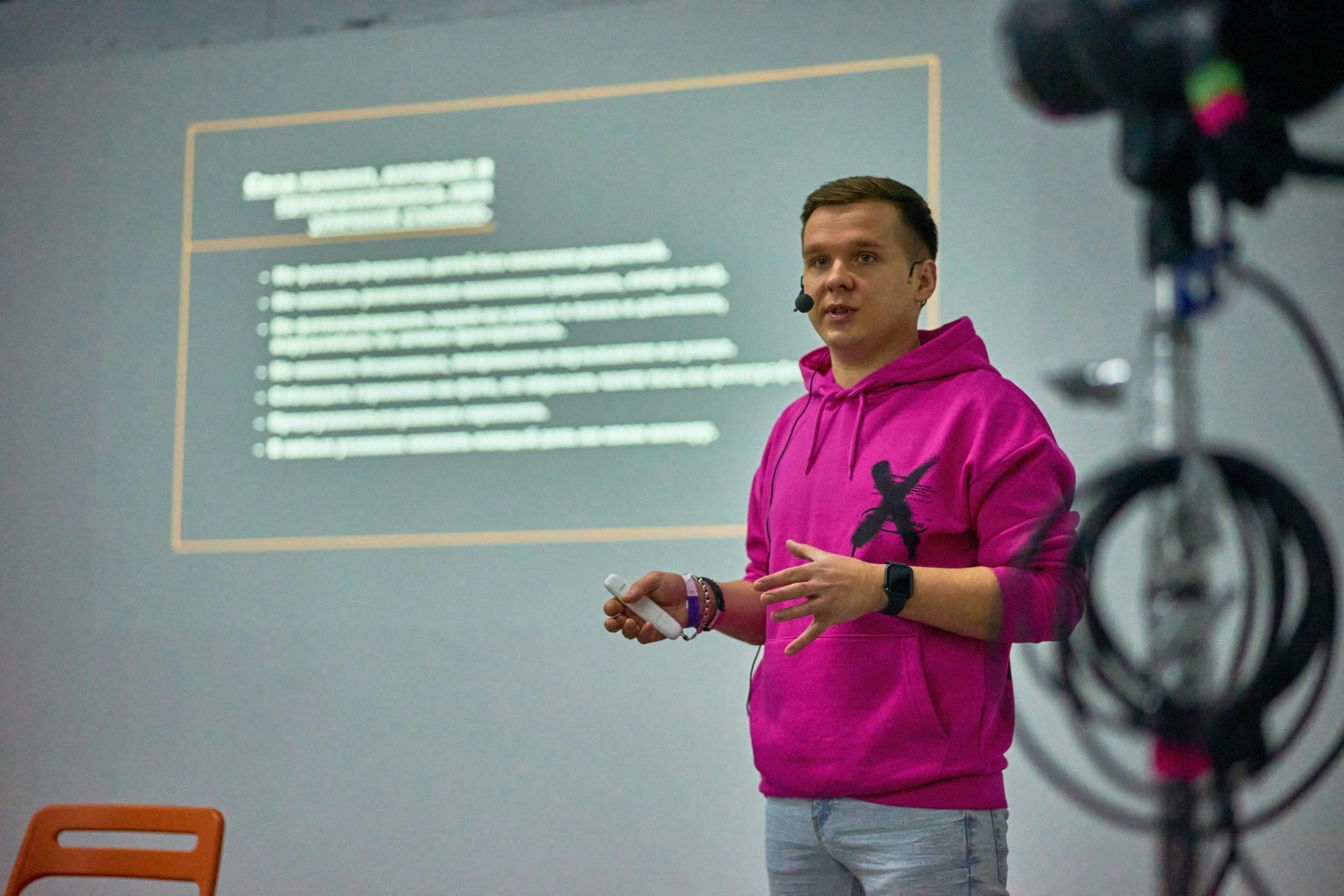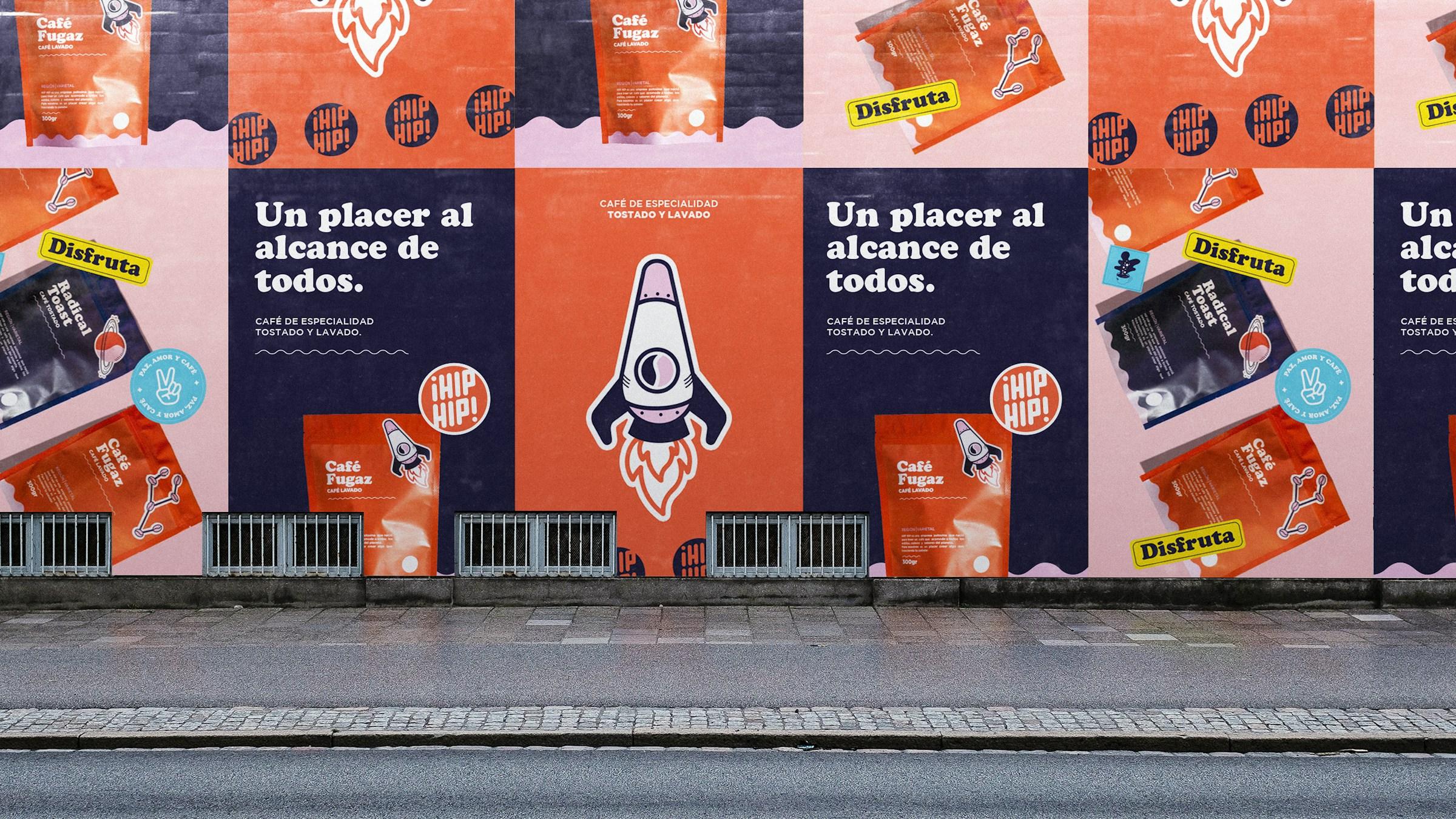In growth work, pace is a design variable. Most teams obsess over scripts, pages, and pricing ladders, then pour all that careful work through a delivery speed that makes buyers feel hurried. When customers feel hurried, they experience friction that does not show up cleanly on any dashboard. Confidence drops and conversion wobbles for reasons no one can label. The plain fix is to treat speaking speed as an operating control. When you slow down with intent, you do not only sound calmer. You change how people judge credibility, how they compute value, and whether they move forward.
Every sales moment runs on two tracks inside the listener. One track handles information intake. The other scans for threat. Fast talk, long clauses, and clipped transitions feed the threat scanner even when the message is honest and clear. A slower cadence shifts attention back to intake. The customer gets room to parse claims, link what they hear to prior knowledge, and mentally simulate outcomes. When intake beats threat, the buyer assigns you credibility. When threat beats intake, the buyer assigns you promotion. That label is decisive. It shapes whether they keep listening, ask a real question, or tune out while nodding politely.
You can map the chain of effects. Tempo influences trust. Trust permits attention. Attention unlocks value computation. Only after that do price and features matter. Teams that present at high speed ask customers to do two hard things at once. They must parse dense words while suppressing an internal alarm. Teams that present at a deliberate pace ask the buyer to do one thing at a time. First understand. Then evaluate. This is why the same script, delivered with better pacing, often looks like better messaging even when the words never changed.
The commercial effects appear in three obvious places. The first is perceived expertise. Slower speech, with unhurried pauses around claims and numbers, signals comfort with scrutiny. Buyers translate that signal into confidence. Confidence reduces the need for defensive discounts and makes premium positioning feel earned. The second is memory integrity. People remember peaks and endpoints. If you rush through a proof point, you bury the peak. If you slow around it, you lodge it in memory where follow up decisions happen. The third is negotiation posture. In live sales, speed looks like eagerness. Eagerness looks like need. Need invites pressure on price and scope. A measured pace recenters the discussion on fit and outcome, which protects margin without theatrics.
A common pushback is the fear that slowing down will cost attention in short form channels. This fear confuses pace with length. Speaking slower is not the same as speaking longer. You can keep a brisk session length while using cleaner sentences and intentional pauses. On video, on audio, and in a live demo, this reads as control. Controlled delivery outperforms hype and outperforms monotone because it lowers listener effort. The win is not charm. The win is cognitive relief.
There is a funnel math angle that operators should not ignore. When the top of funnel relies on paid distribution, every drop in downstream confusion compounds cost. A rushed explainer inflates clarification tickets for the support team. It inflates rewatch rates for the wrong reason. It inflates refunds because buyers realise what they bought only after they paid. Slower delivery during education compresses these leaks. The same budget produces cleaner trials. Cleaner trials produce better day 30 contribution. Under the surface, speaking slower influences consumer behaviour by reducing misinterpretation and the operational drag that misinterpretation creates.
Inside teams, the easiest way to misuse this idea is to equate slow with vague. That move fails. The point is precision with space. The productive sequence is simple. Make one claim. Pause. Show the evidence that makes the claim feel inevitable. Pause again. Name the implication in plain language. Move on. The pauses are not for drama. They are processing windows. They matter most around price, risk, and time to value. When you respect those windows, buyers respect your claims. They also ask better questions, because they are no longer fighting to keep up.
Product demos offer a clean test bed. Many demos accelerate at the exact moments that matter. Presenters click through the hard steps as if speed will hide complexity. It never does. If the setup flow requires three permissions, name each one and give a single sentence on why it exists. If a migration takes a day, say it clearly and stop speaking for two beats. In those beats, the buyer runs a mental simulation with their own constraints. If they continue the demo after that moment, the deal is stronger, not weaker.
Price presentation is another place where pace earns its keep. Early stage teams often rush the number to clear discomfort. That habit frames price as a hurdle. A slower and orderly reveal frames price as the summary of value that was already proven. Name the number. Stop. Then anchor it to the outcomes you just established. The stop matters. It announces that you believe your number stands on its own. Buyers sense the difference and mirror it in their response.
There is an ethical layer worth stating directly. Slower delivery is not a manipulation trick. It is a clarity practice. You are not lulling people into purchase. You are removing noise so they can decide with full information. The same technique that improves close rates also improves retention, because customers who understood the promise do not feel misled when they meet the reality. They contact support less. They defend you more. Over time this becomes a brand effect. It compounds quietly and then shows up loudly in renewal cycles and referral flow.
Founders who want to diagnose the present state can run a simple exercise. Record three representative moments. One short video ad. One five minute product walk through. One live call where price is discussed. Do not jump to fixes. First, listen for breath. Count filler. Track words per minute around claims and around objections. You will hear the speed spike where you feel most exposed. That is the moment to rebuild. Write the line again in half the words. Insert a real pause. Add a direct check in question. Then test the new version on a small batch of prospects with the same lead profile. If you see a better question mix and softer price pushback, you are watching pace do its work.
In markets where buyers equate confidence with charisma, a slower cadence still helps. It separates stage performance from message clarity. You can keep energy high while dropping sentence density. The practical move is to reduce conjunctions. Fewer stacked ideas means fewer places for meaning to slip. The customer calls you engaging because they actually absorbed what you said. That is the only charisma that survives contract review.
As teams scale, they should codify tempo the same way they codify discovery. Build a delivery guide that pairs each core claim with a target pace and a pause rule. Train reps to breathe at the right moments and to let silence do useful work. Coach founders who present at conferences to slow their opening by a small percentage and their pricing segment by a larger one. The numbers do not need to be perfect. The discipline does. When the whole go to market engine treats pace as a controllable input, you see fewer accidental misreads and fewer deals that die in legal for reasons you learn about only after the fact.
The final point is simple. Velocity is not the same thing as speed. Sales velocity is movement with less drag. Speaking slower looks like a drop in speed, but it reduces drag at every checkpoint in the buyer journey. It builds trust at first contact, protects margin during negotiation, and stabilises satisfaction after the sale. A useful rule you can repeat is this. Speak at a pace that proves you are not afraid of thinking. Customers will meet you at that level. Their decisions will be cleaner because you made room for them to decide.














